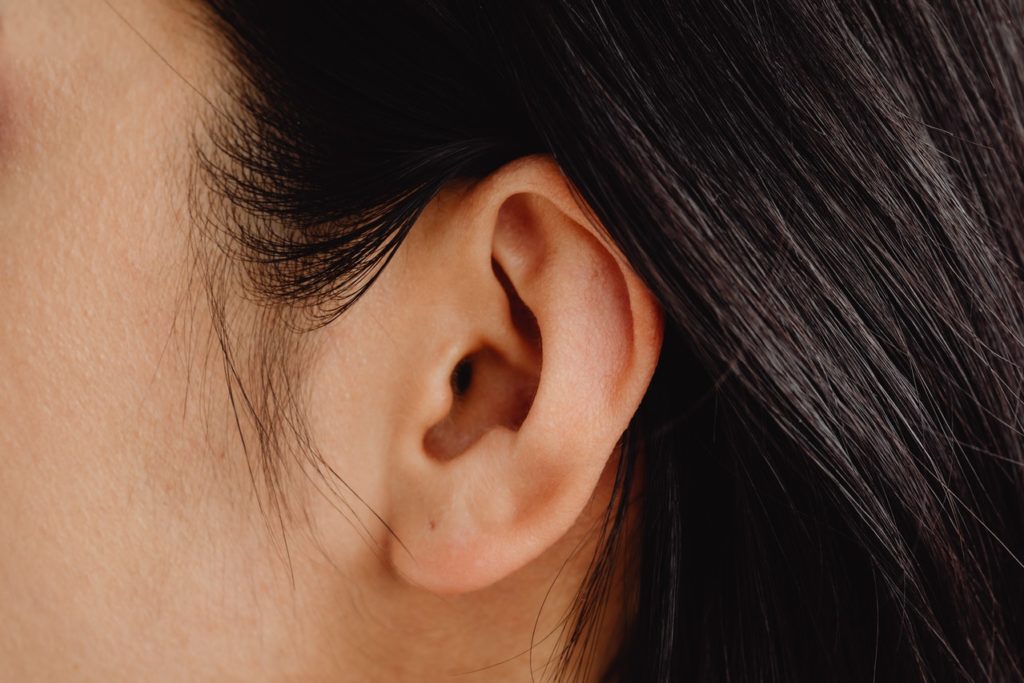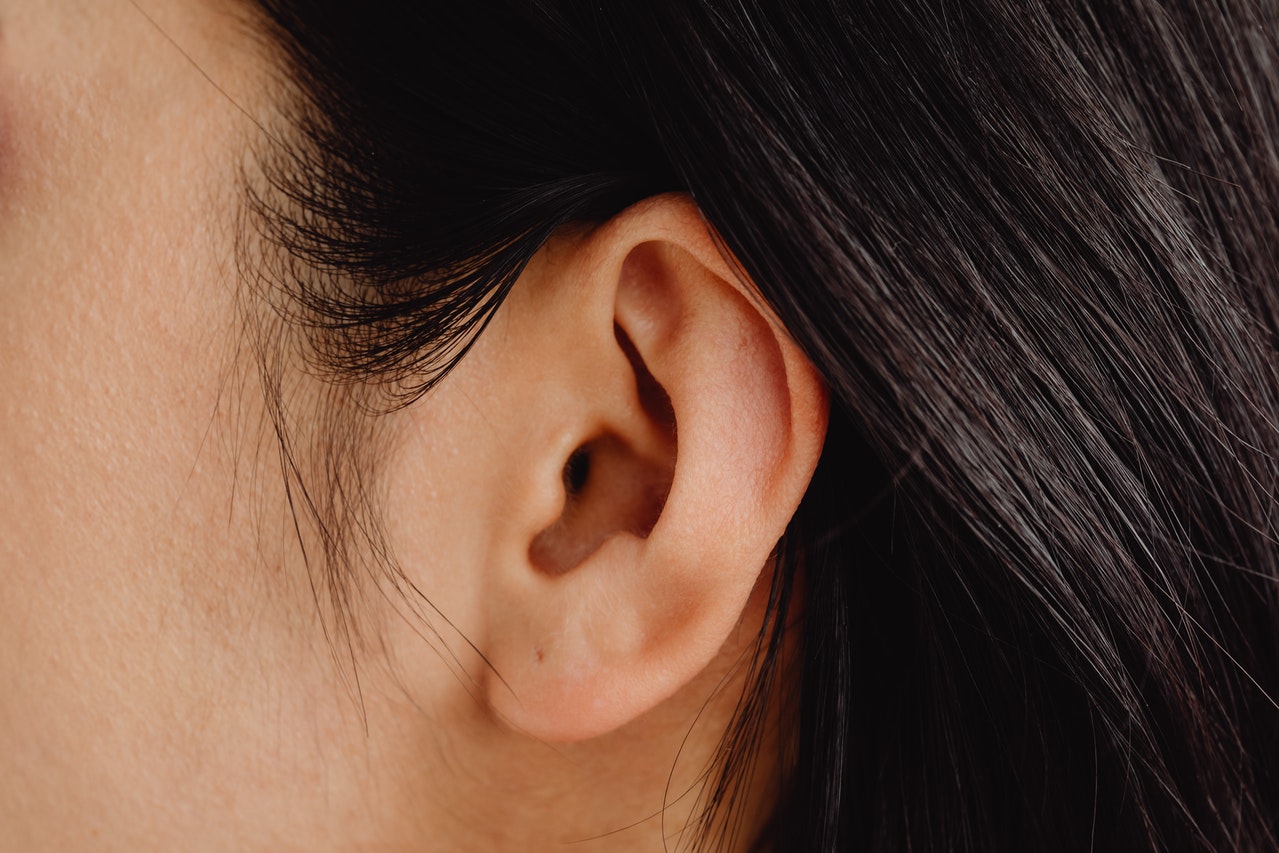
Why can we only hear certain frequencies? Our cochlea is only stimulated by frequencies between 20 Hertz and 20,000 Hertz.
First, let’s look at how we actually hear. Our ear is a detector for sound waves. It is shaped to funnel them into the ear canal, which ends in the eardrum. The sound waves make the ear drum vibrate and the vibrations are passed on to three tiny bones, called the malleus, incus, and stapes. These bones amplify the vibrations and pass them on to the cochlea, which consists of three fluid filled canals wrapped around a bone. It looks like a snail shell.
Vibrations make the fluid in the cochlea ripple. A wave forms and travels along the base of the cochlea, called the basilar membrane. There are microscopic hairs on the basilar membrane. When the fluid ripples, it makes the hair cells bend. This opens a pore in them and chemicals enter the cell, making an electrical signal that is transmitted from the auditory never to the brain. The brain turns it into a sound we can understand. The hairs in the cochlea are tuned to different frequencies. The front of the cochlea is stiff and the hair cells there respond to high frequencies, which are higher sounds. The back of the cochlea is softer and the hairs there respond to lower frequencies, which are lower sounds.
Humans are unique in that we can hear fairly low sounds and also fairly high ones. We probably evolved this ability to be able to detect speech. We had no need to evolve higher or lower abilities because we don’t really need to hear anything in that range. Being able to hear really low sounds or really high sounds wouldn’t really be an evolutionary advantage.
So, why can we only hear certain frequencies? There are three reasons, really. Our eardrums are too thick and cannot vibrate at a frequency outside of the range that we can hear. The tiny bones in our ears cannot transmit any frequencies that are outside of that range. Also, the hairs at the very back of the cochlea will not be able to pick up any frequencies lower than 20 Hz and the hairs at the front of the cochlea won’t be able to pick up any frequencies higher than 20,000 Hz.
To be able to hear higher or lower frequencies, you need different sized parts of the ear. A bat can hear frequencies up to 110,000 Hz, far beyond most other animals. To be able to do this, they have incredibly thin eardrums that can vibrate at the high frequencies they need. They also have very light bones in their ears which can vibrate much more quickly.
Elephants can hear frequencies much lower than we can. This is because they have larger and heavier bones in their ears. These bones pick up lower frequencies much more effectively than lighter bones.
Humans are able to hear between 20 and 20,000 Hz, but those are maximum ranges. As people age, it becomes more difficult for them to hear the extremes of that range. As we get older, we start to lose the ability to hear higher frequencies. By our late 40s, we might only be able to hear frequencies as high as 14,000 Hz. Hearing loss is generally caused because the hair cells lose their sensitivity. This can be caused simply by age, but it can also be caused by damage. If you listen to loud sounds too often, they could damage the hair cells.
Hearing loss is not reversible. There are two solutions: hearing aids, or cochlear implants. A hearing aid works by magnifying the sound waves that enter the ear. The microphone at the front of the hearing aid picks them up and relays them through a speaker that is on the earpiece kept inside the ear. This works for hearing loss where the hair cells are damaged because it makes larger vibrations that the surviving hair cells are able to pick up. There is a limit to how much a hearing aid can amplify the sound.
A cochlear implant is inserted into the ear in order to bypass damaged portions of the ear. It cannot repair hearing, but can allow a deaf person to hear enough to understand speech. They are improving year by year and they may one day be able to completely fix our hearing. A microphone implanted by the ear picks up signals and sends them to an electrode array implanted in the cochlea. This converts the sounds to electrical signals and sends them directly to the auditory nerve.
So, why can we only hear certain frequencies? Our ear drums, tiny bones, and the hairs in our cochlea have evolved to be able to hear the frequencies that we can. And this is what I learned today.
Sources
https://www.nidcd.nih.gov/health/how-do-we-hear
https://en.wikipedia.org/wiki/Cochlea
https://www.healthyhearing.com/report/52510-Presbycusis-understanding-age-related-hearing-loss
https://animals.mom.com/can-animals-hear-noises-others-cannot-5888.html
https://www.alara-lukagro.com/en/blog/can-people-hear-every-sound/
https://www.bbc.co.uk/bitesize/guides/zxk6v9q/revision/8
https://www.nidcd.nih.gov/health/hearing-aids
https://www.nidcd.nih.gov/health/cochlear-implants

